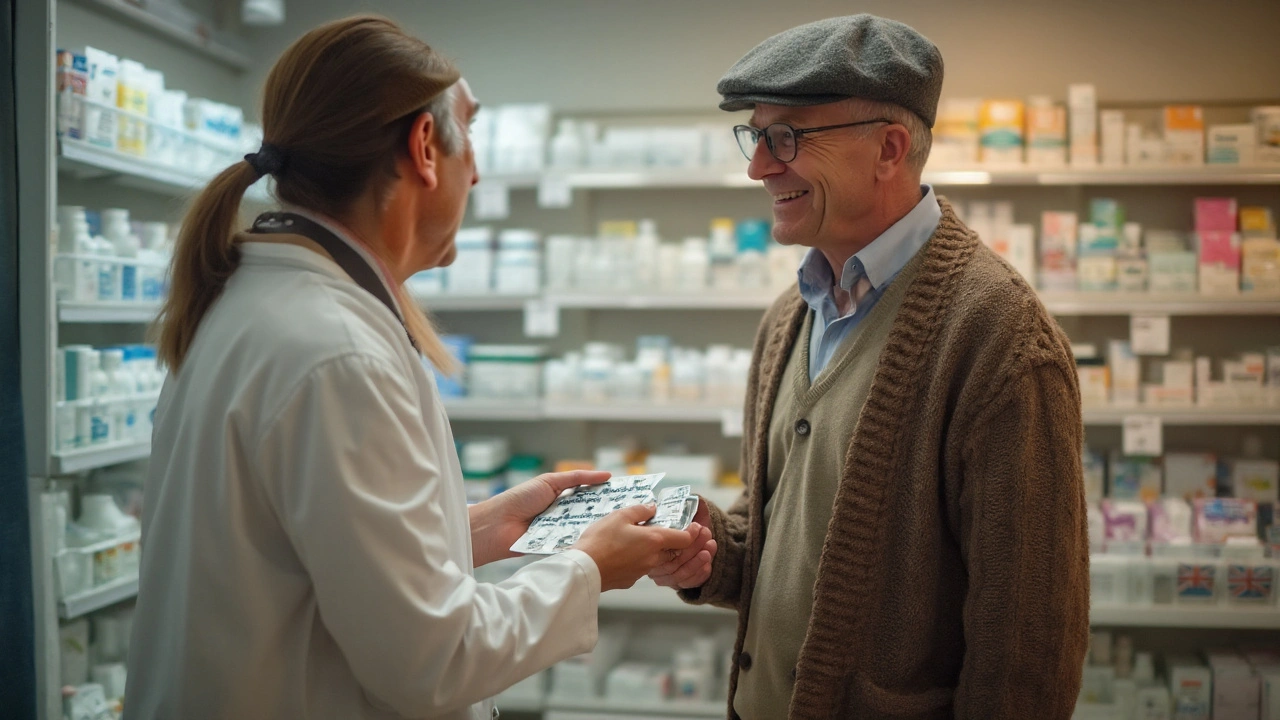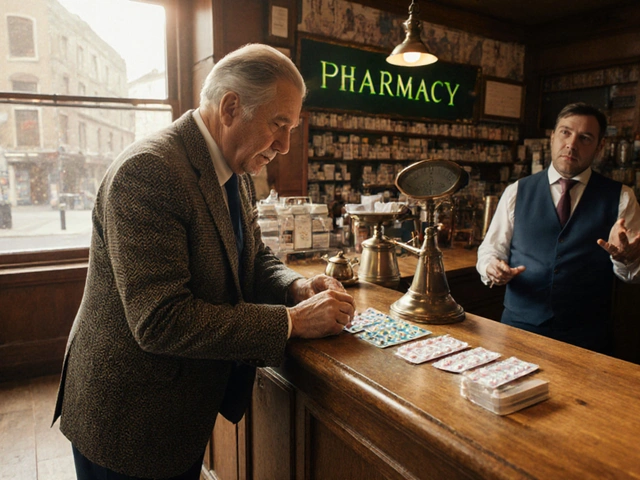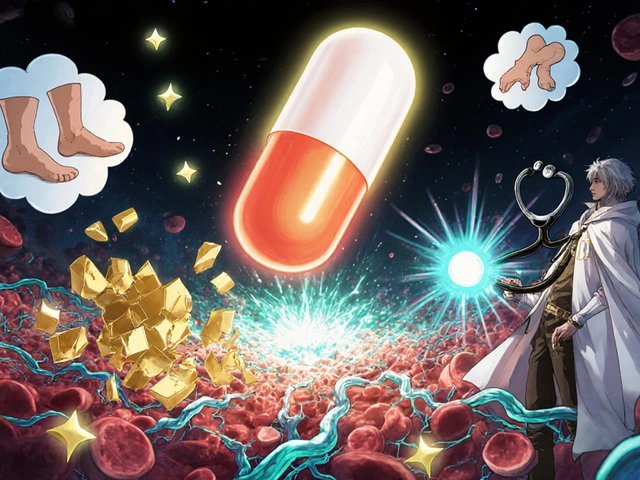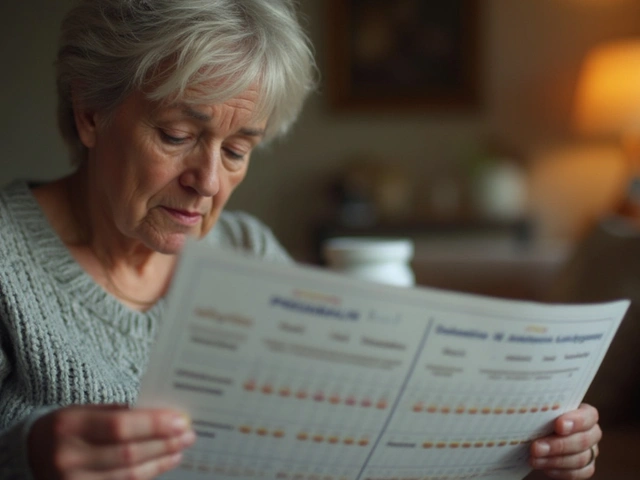BPH: What Every Man Should Know About Benign Prostatic Hyperplasia
Benign Prostatic Hyperplasia, or BPH, is a non‑cancerous growth of the prostate gland that many men experience after age 40. The enlarged gland squeezes the urethra, making it harder to pee. This isn’t a sudden disease; it builds up slowly over months or years, so spotting early signs can save you a lot of trouble later.
Typical symptoms include a weak stream, frequent trips to the bathroom, especially at night, and a feeling that the bladder isn’t empty after urinating. Some men notice a sudden urge to go or even a small amount of urine leaking. If these signs start to affect daily life, it’s time to get checked.
How Doctors Diagnose BPH
Diagnosis is pretty straightforward. Your doctor will ask about symptoms, do a digital rectal exam to feel the prostate size, and may order a urine test to rule out infection. An ultrasound or a simple flow‑rate test can also show how well urine moves through the urethra. These tests help decide whether medication or another approach is best.
Blood tests for PSA (prostate‑specific antigen) are often done too, not because PSA measures BPH, but to make sure there’s no hidden cancer. Remember, BPH and prostate cancer can coexist, so it’s good to keep an eye on PSA levels as part of overall prostate health.
Living With BPH: Treatment Options
Most men start with lifestyle changes. Cutting back on caffeine and alcohol, limiting fluid intake before bedtime, and doing pelvic floor exercises can ease symptoms. If that isn’t enough, doctors usually prescribe medication.
Two main drug groups work well: alpha‑blockers, like tamsulosin, relax the muscle fibers in the prostate and bladder neck, improving urine flow; and 5‑alpha‑reductase inhibitors, such as finasteride, actually shrink the prostate over several months. Some men need both, which is called combination therapy.
When drugs don’t help, minimally invasive procedures are the next step. Options include transurethral microwave therapy (TUMT) or laser therapy, which remove or shrink excess tissue without major surgery. In severe cases, a traditional transurethral resection of the prostate (TURP) may be recommended.
Recovery from these procedures is usually quick, but you’ll need to follow post‑op instructions closely—like avoiding heavy lifting and keeping the bladder empty when possible—to prevent complications.
Beyond medical treatment, regular check‑ups are key. Tracking symptom changes helps your doctor adjust the plan before problems get worse. If you notice blood in urine, pain during urination, or a sudden loss of bladder control, seek medical help right away.
In short, BPH is common, but it doesn’t have to control your life. Early detection, sensible lifestyle tweaks, and the right medical care can keep your urinary flow smooth and your nights uninterrupted. Take charge of your prostate health today—talk to a healthcare professional if any of these signs sound familiar.
Avodart (Dutasteride) Guide: Uses, Dosage, Side Effects & Price
A complete guide to Avodart covering what it is, how it works, recommended dosages, common side effects, cost, and how it stacks up against similar drugs.
View More




